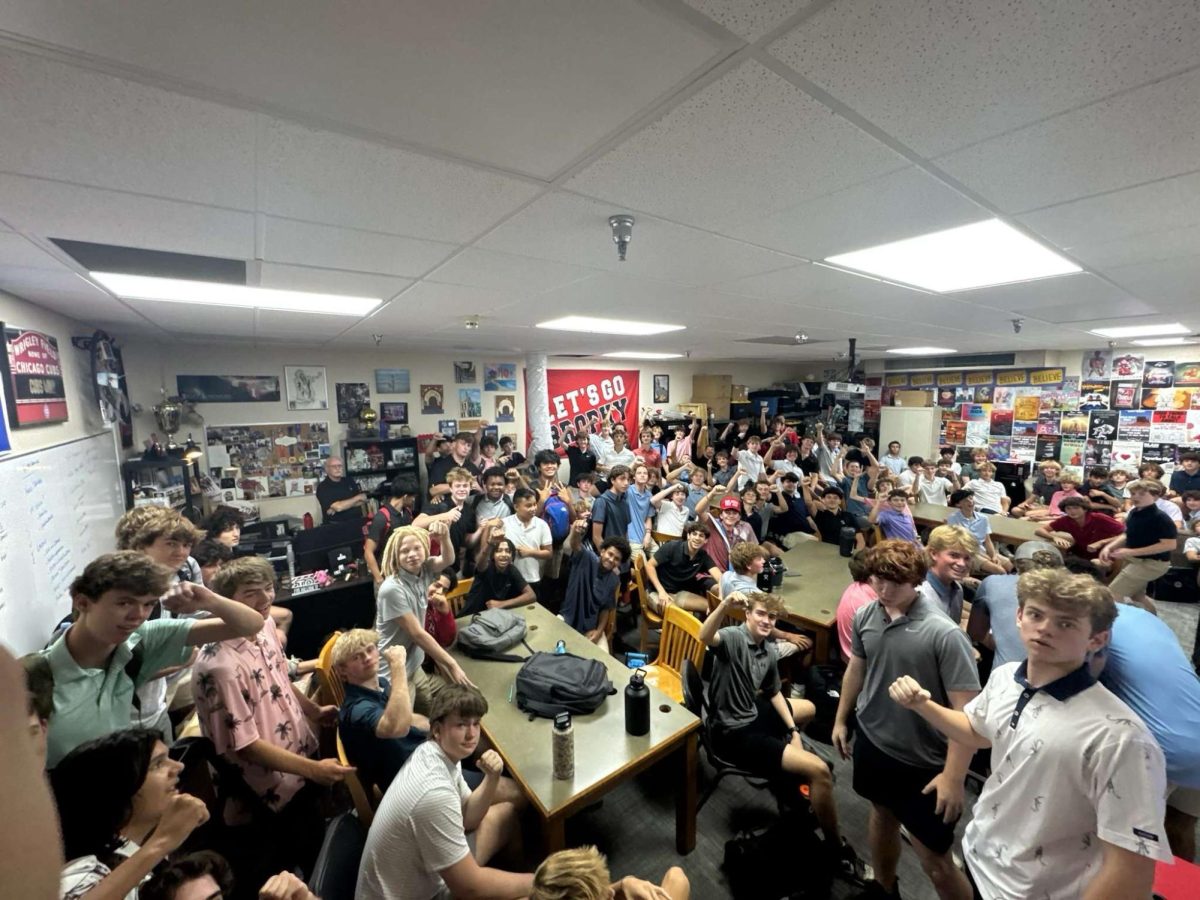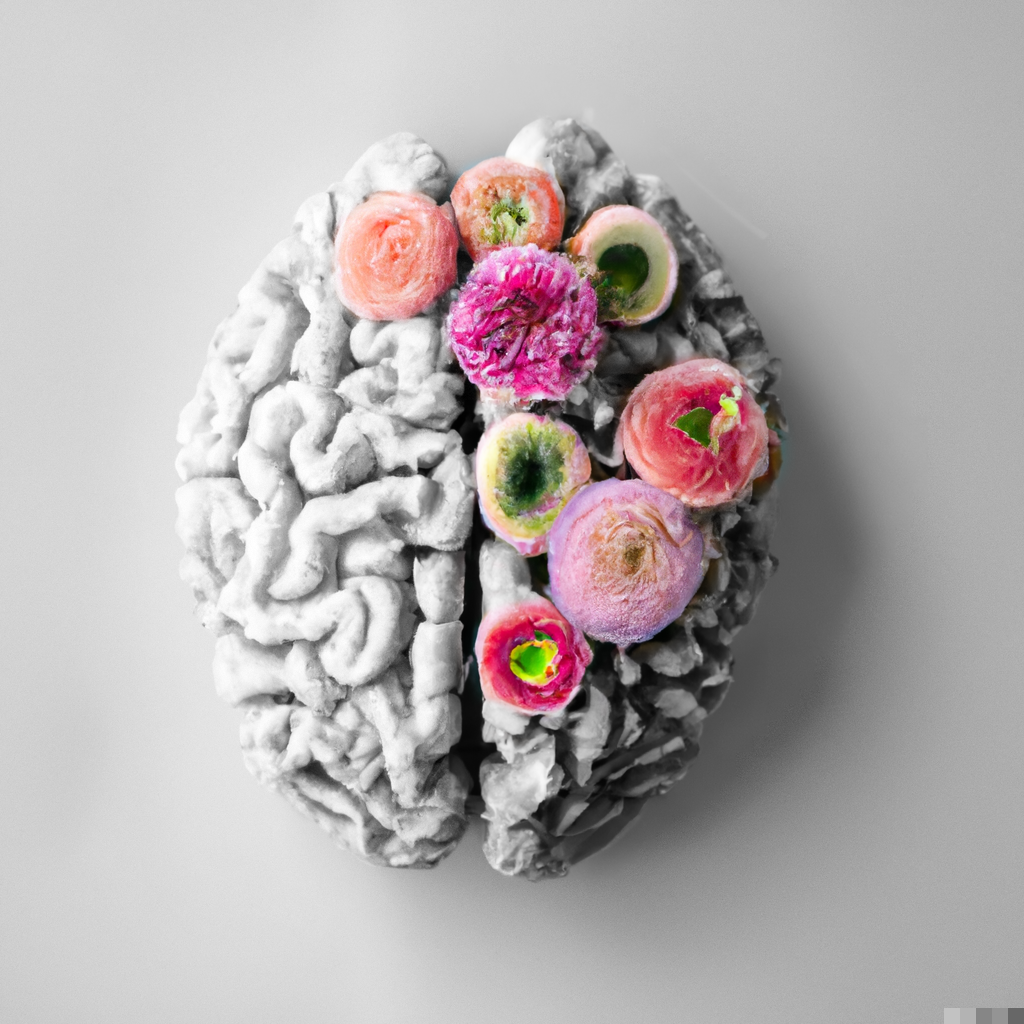Students across digital platforms face constant surveillance from artificial intelligence systems that track, record, and analyze their online behavior through cookies and AI technologies, often without their knowledge, to create targeted advertising and personalized content.
“Most people don’t know,” said Mr. Blair Cook from the Brophy Technology Department, “Facebook is really good, not in a good way, but really good at that, in being able to read the cookies, or being able to place a cookie, and then they can literally just follow you all the different websites you go to,”
“A cookie, essentially is a little text file that the browser stores,” said Mr. Kyle McCoy ’16 also from the Brophy Technology Department. While browser settings allow users to block cookies, Mr. McCoy said, “There’s settings for that. It’s just a lot of times they like breaking websites if you won’t let them have your cookies.”
The scope of data collection extends far beyond individual websites. Mr. McCoy said, “They’re not really looking at you as a specific person,” “They’ll have a huge data set that they’ll purchase from someone, in this case, let’s say Google, because Google is generally the biggest seller of data.” Some educational websites offer privacy while still using these platforms.
Mr. Cook said, “Google Gemini through your Brophy account, Microsoft Copilot through your Microsoft 365 account, and then AI through Flint – all three of those do not keep anything that you put in. They don’t use it for training their AI databases or anything like that. So there’s a lot of privacy built into those services.”
These privacy concerns extend to personalized advertising strategies. “They’re looking at what, how often you want to snack on something, when you want to snack on something,” Mr. McCoy said. “Then they can go and push ads out to you at specific times of the day where you’re most likely to want to buy a snack,” he said.
As AI technology continues to evolve, privacy settings and tracking mechanisms remain key considerations in digital platform usage.
This article was written using AI. The reporter takes responsibility for the piece by gathering, editing and verifying all included content.









